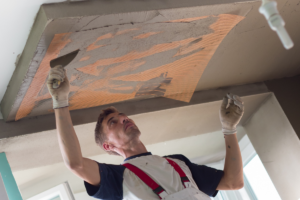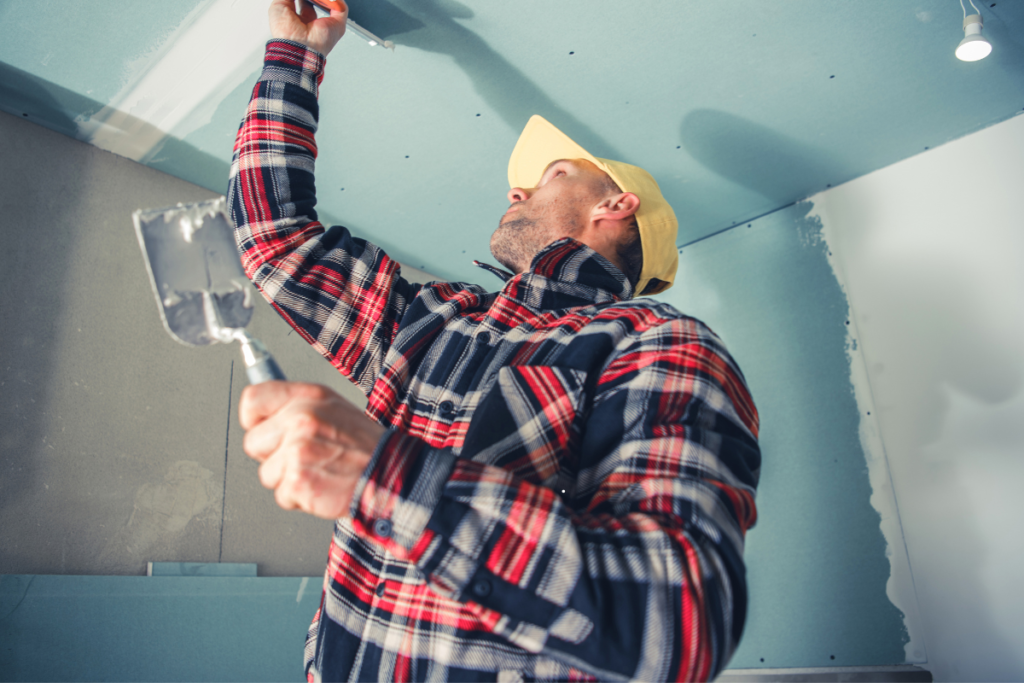 Introduction To Ceiling Finishes Estimating
Introduction To Ceiling Finishes Estimating
When it comes to building or renovating a space, ceiling finishes are often an overlooked aspect. However, they play a crucial role in the overall aesthetic, acoustics, and functionality of a room. Estimating the cost and materials for ceiling finishes is an essential step in the construction process, ensuring that the project stays within budget while achieving the desired look and performance. This article will guide you through the key factors to consider in ceiling finishes estimating, helping you make informed decisions for your next project.
Understanding Ceiling Finishes
Ceiling finishes refer to the materials and treatments applied to the ceiling to enhance its appearance and performance. These finishes can range from simple paint to elaborate designs with materials like wood, metal, plaster, or acoustic tiles. The choice of ceiling finish depends on various factors such as the type of space, desired aesthetic, acoustics, and budget.
Some common types of ceiling finishes include:
- Painted Ceilings: A basic and cost-effective option, painted ceilings offer a clean and simple look. The choice of color and texture can significantly impact the ambiance of the room.
- Plaster Ceilings: Plaster offers a smooth, seamless finish and can be molded into intricate designs. It’s a popular choice for traditional and classic interiors.
- Suspended Ceilings: Also known as drop ceilings, these consist of a grid system with tiles or panels. They are often used in commercial spaces for easy access to utilities.
- Wooden Ceilings: Wooden panels or beams add warmth and a rustic charm to a space. They can be used in residential as well as commercial settings.
- Metal Ceilings: Metal tiles or panels offer a modern and industrial look. They are durable and can be used in various environments, including kitchens and bathrooms.
- Acoustic Ceilings: These ceilings are designed to absorb sound, making them ideal for spaces like offices, theaters, and recording studios.
Factors Influencing Ceiling Finishes Estimating
Estimating the cost of ceiling finishes involves considering several factors that can affect both the material and labor costs. Below are some key aspects to take into account:
- Material Costs: The type of material you choose for the ceiling finish will have a significant impact on the overall cost. For example, plaster and wood are typically more expensive than paint or acoustic tiles. Additionally, specialty materials like metal or custom designs will increase the cost.
- Labor Costs: The complexity of the ceiling finish will also determine the labor costs. Simple painted ceilings require less time and skill compared to intricate plaster designs or suspended ceilings. Ensure you account for the expertise required and the time it will take to complete the installation.
- Area Size: The size of the area to be covered is a primary factor in ceiling finishes estimating. Larger areas will require more materials and labor, increasing the overall cost.
- Ceiling Height and Accessibility: High ceilings or difficult-to-access areas can lead to increased labor costs due to the need for scaffolding, ladders, or specialized equipment. These factors should be considered in the estimate.
- Design Complexity: If your project involves custom designs, intricate patterns, or specialty finishes, these will add to both material and labor costs. It’s essential to factor in the time and skill required for these details.
- Acoustic Requirements: In spaces where sound control is essential, such as offices or theaters, acoustic ceiling finishes may be necessary. These materials often cost more than standard finishes, and installation may require specialized labor.
- Building Codes and Standards: Depending on the location of your project, there may be specific building codes or standards that dictate the type of ceiling finish you can use. Compliance with these regulations can influence both material and labor costs.
Steps to Estimate Ceiling Finishes
Accurately estimating ceiling finishes requires a systematic approach. Below are the steps you should follow to ensure a precise estimate:
- Measure the Area: Start by measuring the total square footage of the ceiling area. This will help you determine the amount of material needed.
- Select the Material: Choose the type of ceiling finish that best suits your project’s requirements. Consider factors like aesthetics, acoustics, and durability.
- Calculate Material Costs: Once you have selected the material, calculate the total material cost by multiplying the required amount by the cost per unit. Don’t forget to include any additional materials like adhesives, primers, or sealants.
- Determine Labor Costs: Estimate the labor cost based on the complexity of the installation and the time required. This may involve consulting with contractors to get a realistic estimate.
- Add Overhead and Contingencies: Include a percentage for overhead costs such as equipment, transportation, and supervision. It’s also wise to add a contingency amount to cover unexpected expenses.
- Review and Adjust: Finally, review the estimate to ensure all factors have been considered. Adjust the estimate as needed based on the specifics of your project.
Example Calculation
Let’s consider an example to illustrate the process of ceiling finishes estimating:
- Project: A 500-square-foot office space with a suspended acoustic ceiling.
- Material: Acoustic ceiling tiles at $2.50 per square foot.
- Labor: $3.00 per square foot for installation.
Step 1: Measure the area: 500 square feet.
Step 2: Calculate material cost: 500 sq. ft. x $2.50 = $1,250.
Step 3: Estimate labor cost: 500 sq. ft. x $3.00 = $1,500.
Step 4: Add overhead and contingencies (e.g., 10% of total cost): ($1,250 + $1,500) x 0.10 = $275.
Step 5: Total estimated cost: $1,250 (materials) + $1,500 (labor) + $275 (overhead/contingencies) = $3,025.
Ceiling finishes estimating is a crucial part of the construction process that requires careful consideration of various factors, including material and labor costs, area size, design complexity, and acoustic requirements. By following a systematic approach to estimating, you can ensure that your project stays within budget while achieving the desired aesthetic and functional outcomes. Whether you’re working on a residential, commercial, or industrial project, accurate ceiling finishes estimating will help you make informed decisions and avoid costly surprises down the line.
By understanding the intricacies of ceiling finishes and applying the right estimating techniques, you can enhance the overall quality and success of your construction projects.
Are you looking for the best estimating services in USA?
Look no further than “https://zionestimating.com”
They are offering top-notch services like;
- Construction/cost estimation
- Budget planning
- Material takeoff
- Equipment estimation
and further more!!!
Here are some more information for your convenience:
Phone no. : +1 718-427-9941 || +1 562-383-6177
Email: [email protected]
Visit their blogs and site
https://zionestimating.com for the latest updates and service tips!
